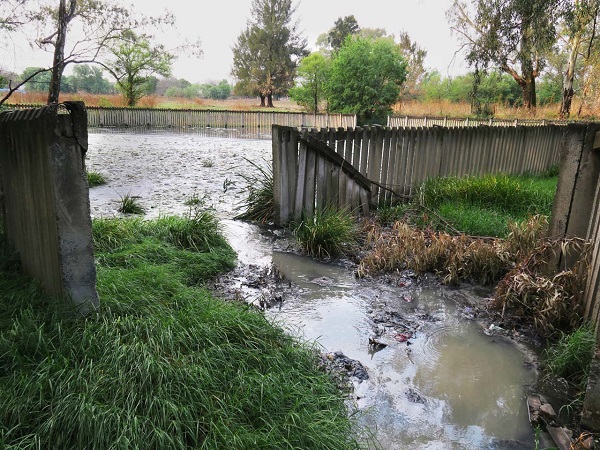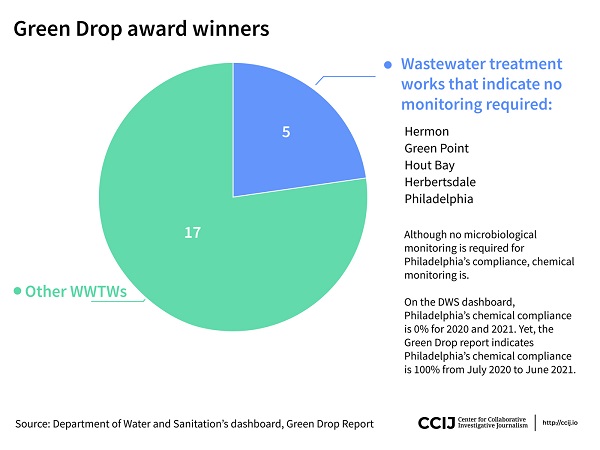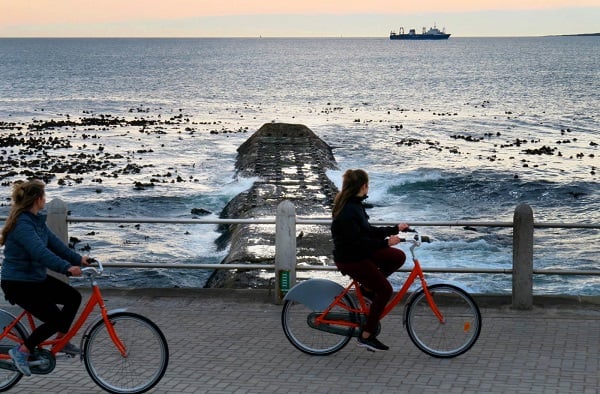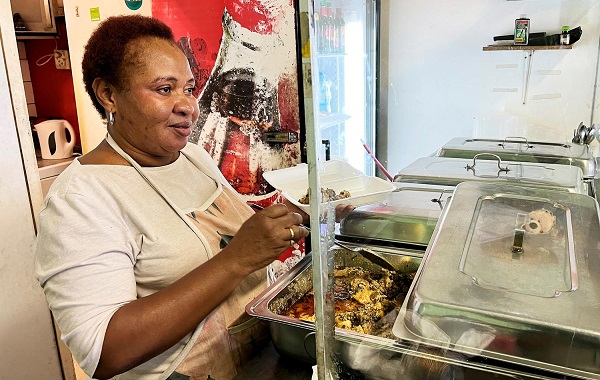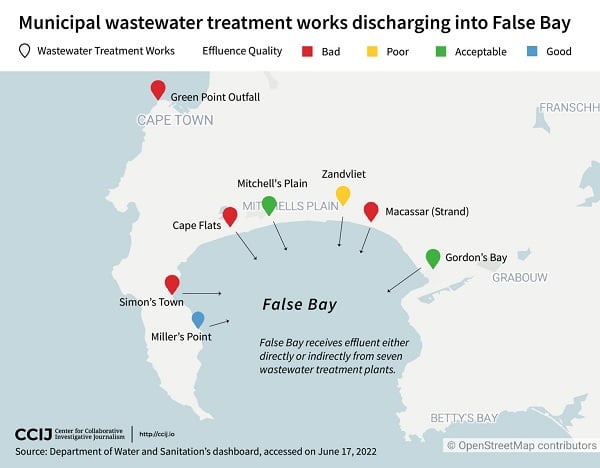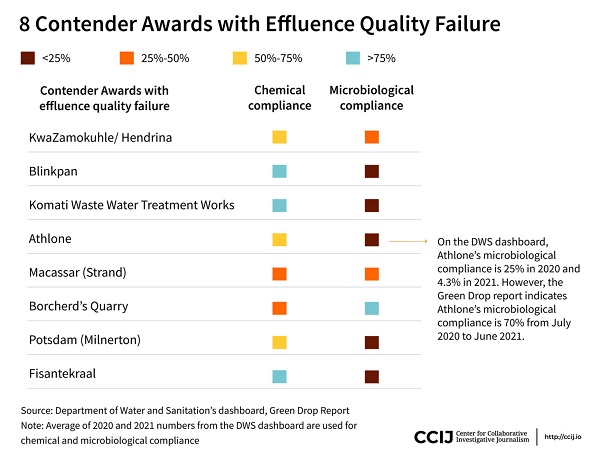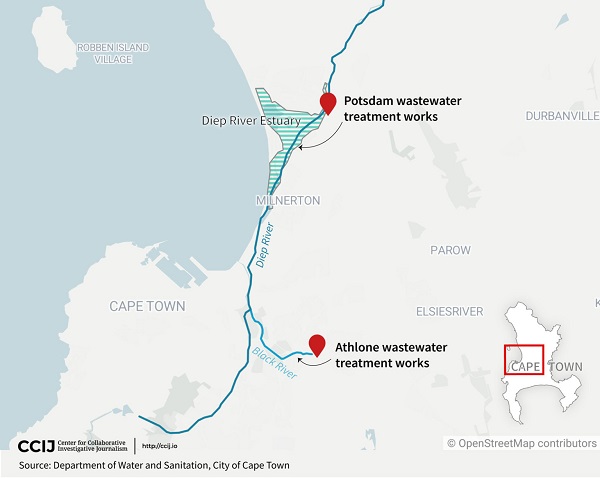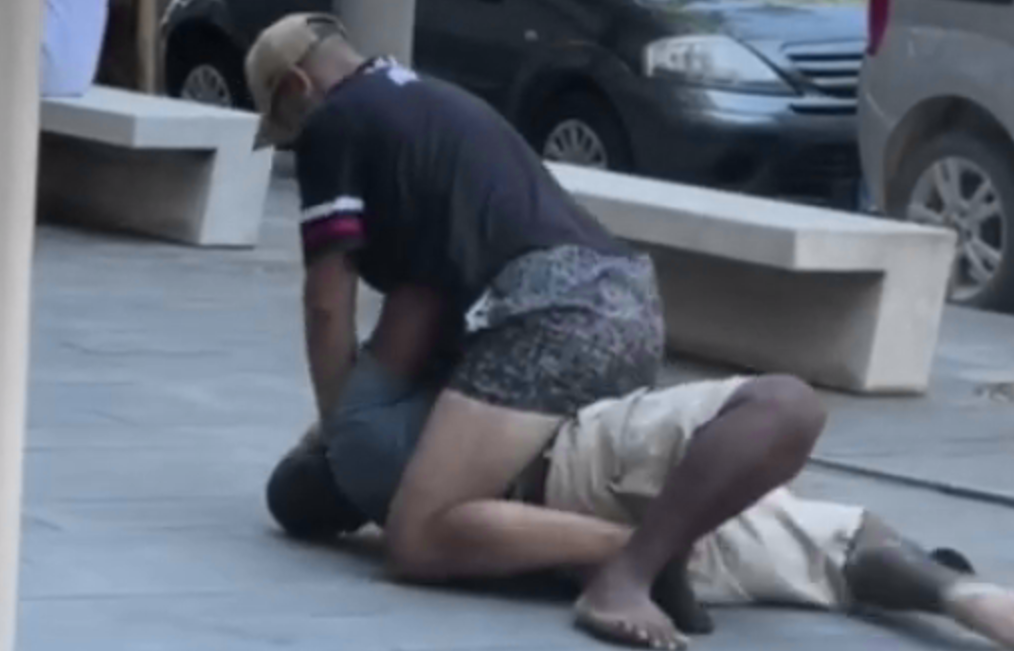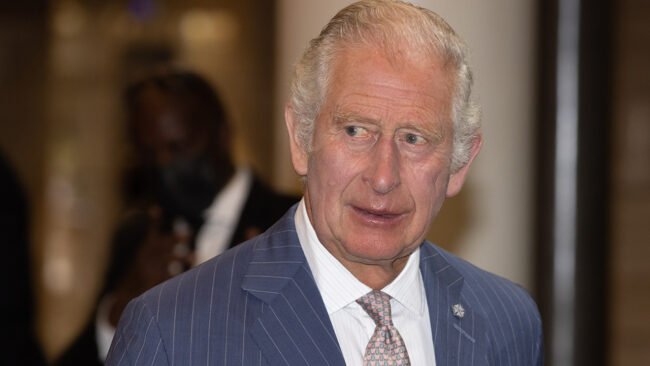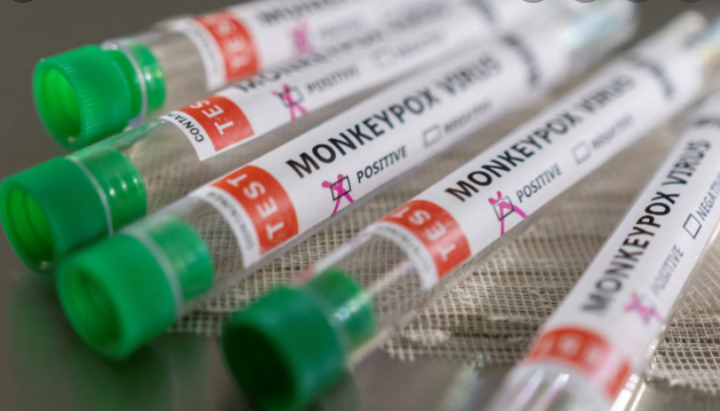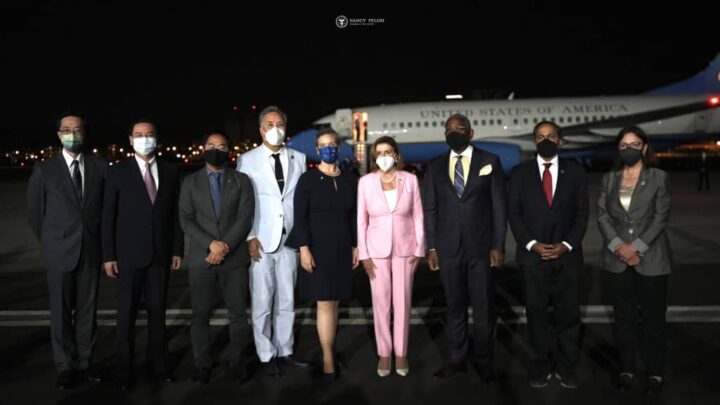In October 2021, a failing pump station appeared to be the cause of untreated sewage flowing about 500 meters across a golf course and into the Vaal River, a major source of water, irrigation and recreation in Vereeniging, Gauteng. This sewage dam is such a permanent feature it is visible on a Google streetview image dated July 1999.
Photo by Steve Kretzmann
BY STEVE KRETZMANN
DATA VISUALIZATIONS BY YUXI WANG
When he was 13 years old, Rudy Hanse joined the guppy development program offered by the Milnerton Canoe Club in Cape Town. There he learned how to paddle a canoe and swim.
For Hanse, the weekly outing to the Milnerton Lagoon was a way to escape the poverty and cacophony of Dunoon township, where he lived with his parents. A taxi, organized by the canoe club, would pick him and other kids up to spend a few hours on the water each week.
It wasn’t canoeing that initially attracted him, but the opportunity to escape the township.
Advertisement
“From the outside it was a sport to do, a way to get out,” said Hanse. “It took two to three weeks to get used to it, but after two or three months I started joining the master’s group and had to come twice a week to training.”
Later, he took up a lifeguarding course, while continuing to paddle at the club and training with other members for the grueling Berg River Canoe Marathon. After graduating high school, he applied for a lifeguarding job in Dubai. Though Hanse did not get the job, he says it led him to a different job in the hospitality industry.
As a result, Hanse was able to extract himself from the poverty and joblessness that permeates Dunoon and begin earning a decent income in guest services in the United Arab Emirates. “If it wasn’t for [that training course], I wouldn’t be where I am today,” he said.
Advertisement
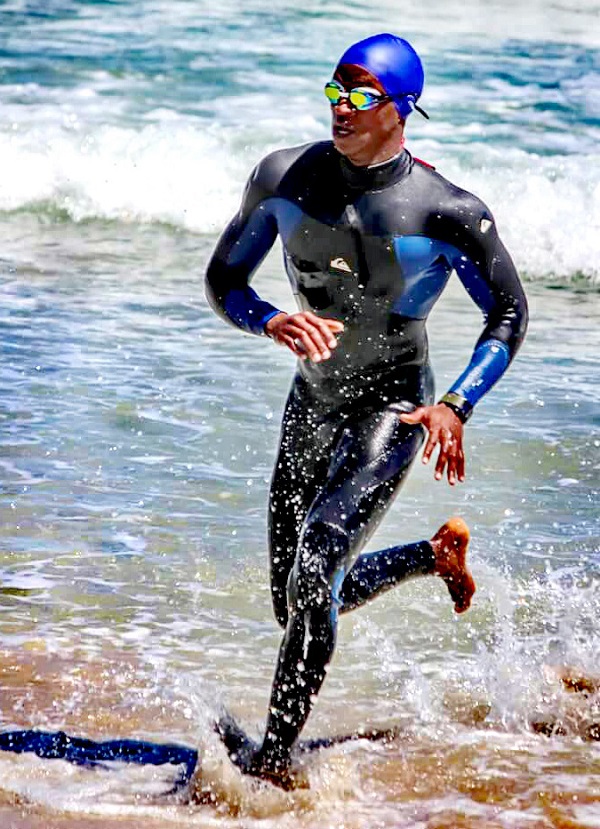
Photo: Supplied by Rudy Hanse.
Add a comment
